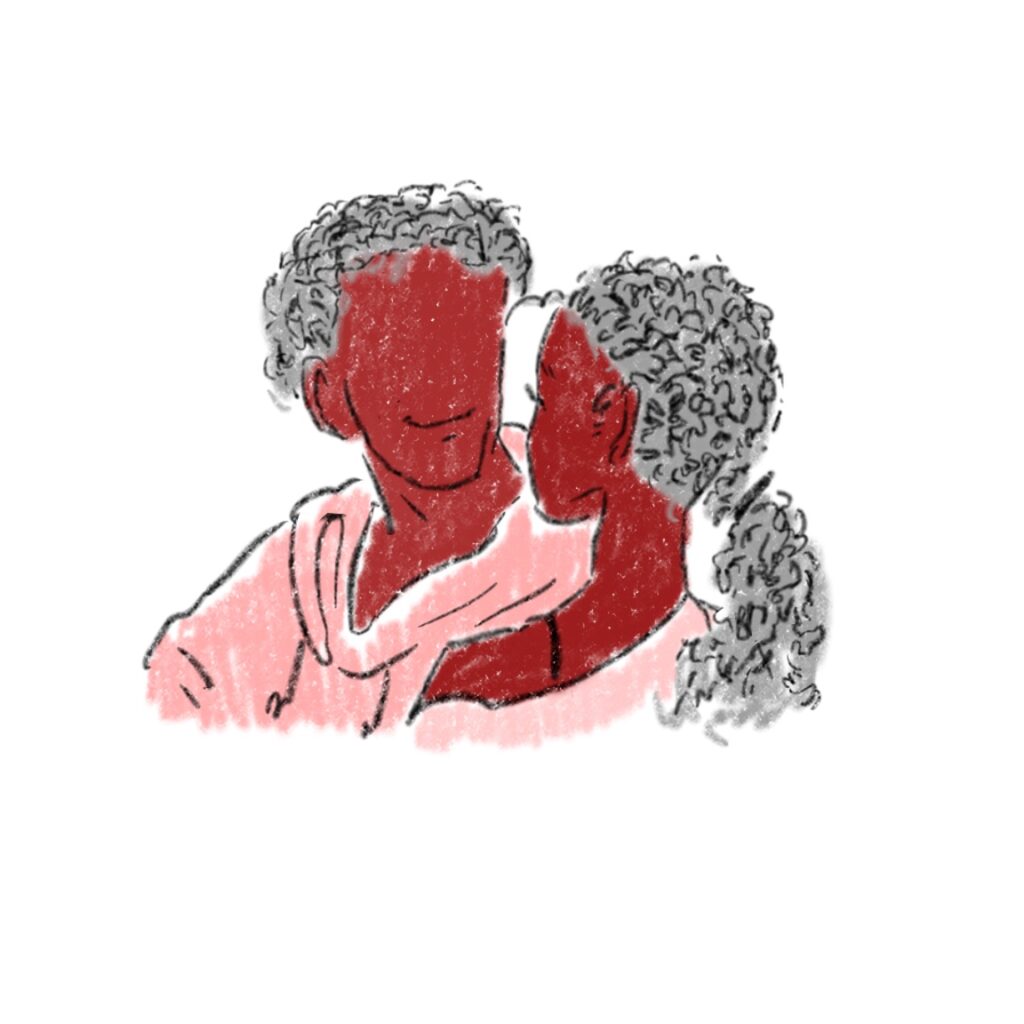
Staff Illustrator/Ha-Tien Nguyen
“But for the national welfare, it is urgent to realize that minorities do think, and think about something other than the race problem. That they are very human and internally, according to natural endowment, are just like everybody else.” Written by Zora Neale Hurston in her article “What the White Publishers Won’t Print,” this evolutionary statement may seem hard to challenge.
However, romance novels published in modern press are still littered in stereotypes — perpetuating the notion that minority happiness is necessarily entrenched within their cultural identity.
During the New Negro Renaissance of the 1920s, many Black authors such as Hurston and Countee Cullen sought to permeate the largely-white field of literature by getting their work into the hands of major Anglo-Saxon publishers like Harper Collins and Random House. Some were criticized by members of their own race like W.E.B. DuBois, who believed that this was a sell-out of their ideas, and they shouldn’t need to appeal to white individuals to be successful. Yet, these authors were striving for a sense of deeper equality — a notion that they did not need to be writing about race to be masters of their field. They strove for a position where they could be Black and successful, both separately and tangentially.
Minority authors often find it difficult to create works with characters of their identity that hold true to their personal integrity and experience. The Romeo and Juliet effect in psychology describes reactance, or the tendency to find something more desirable when outside forces threaten to restrict one’s access to it. Romeo and Juliet were restricted by the bounds of parental restraints, just like white audiences flock toward minority romance books that tear at the bounds of their internal biases.
Let’s dive into some bestselling novels: “Crazy Rich Asians” by Kevin Kwan, focusing on an Asian couple that’s smart and has feelings, fascinating. Then, “The Song of Achilles” by Madeline Miller, showing that Achilles can be a symbol of strength and can identify as gay — who knew.
However, romance stories involving straight, white characters revolve around aspects beyond identity, as the reader’s familiarity with these relationships allows room for traits and plotlines that minority entities can often not fit in based on prescribed stereotypes. For example, the “Fifty Shades” franchise doesn’t need to stop to consider the implications of a white, heterosexual romance — they can focus on describing exactly how Anastasia Steele tries to scream with a ball gag in her mouth. In “Gone with the Wind,” a novel staged in a time period and setting historically based around changing race relations, the only significant minority characters are made into a violent attacker and an enslaved person, with the white main character striving to return to the “good ole times.” White authors writing white stories take for granted the sheath of familiarity that their work comes intrinsically with, hence why they make up the majority of the publications in the romance sector of literature.
Of all the romance novels published in 2016 by the 20 largest imprints in the romance genre, a mere 7.8% were written by non-white authors, even less about nonwhite characters. Further, for authors who do take a risk and write about Black romance, they are encouraged to keep that hidden within the pages, out of the public eye. The Guardian reported that industry wisdom told Black authors that putting Black couples on their covers could hurt sales, and that they should replace them with images of “jewelry, or lawn chairs or flowers.”
Publishing companies often claim that readers gravitate toward books that they can personally relate to — that if the white majority of America were to see an image of a happy Black couple on a hardcover, they would not think that the book is for them. However, Beverly Jenkins, an American author of historical and contemporary romance novels with a particular focus on 19th century African-American life, does not accept this excuse as valid. After watching white readers evade eye contact with her as she tabled at The Strand in New York City, she became increasingly frustrated with this notion. She told National Public Radio, “You can relate to shapeshifters, you can relate to vampires, you can relate to werewolves, but you can’t relate to a story written by and about Black Americans?”
I’ve never heard someone turn down a Harry Potter book by proclaiming they were a muggle. I’ve never heard someone say they couldn’t read Twilight because they love to bask in the sun. To me, the rationale behind the wide acceptance of this rhetoric is because it’s easier to utilize than actually confronting your internal biases.
While sharing stories about minority discrimination is important, highlighting minority joy is as well. Though you may not be able to conceptualize that those who look different from you have the same emotions as you, you can stomach it as a biological fact. Minority romances should not have to hide behind vague covers or lean into familiar stereotypes to gain traction and acceptance. They should be able to be blatantly about love, and simply that.
Maddy Prucha (26C) is from Long Island, New York.
Madeleine Prucha (she/her) (26C) is from Long Island, New York, majoring in economics and human health and minoring in English. She previously served as president of her high school's paper, The Gull, for which she founded a creative writing column. She is highly involved in NEDA Campus Warriors, Emory Gymnastics and Kappa Alpha Pi. In her free time, you can find her baking for her Instagram account, listening to the La La Land soundtrack or threatening to beat people in a badminton match.




